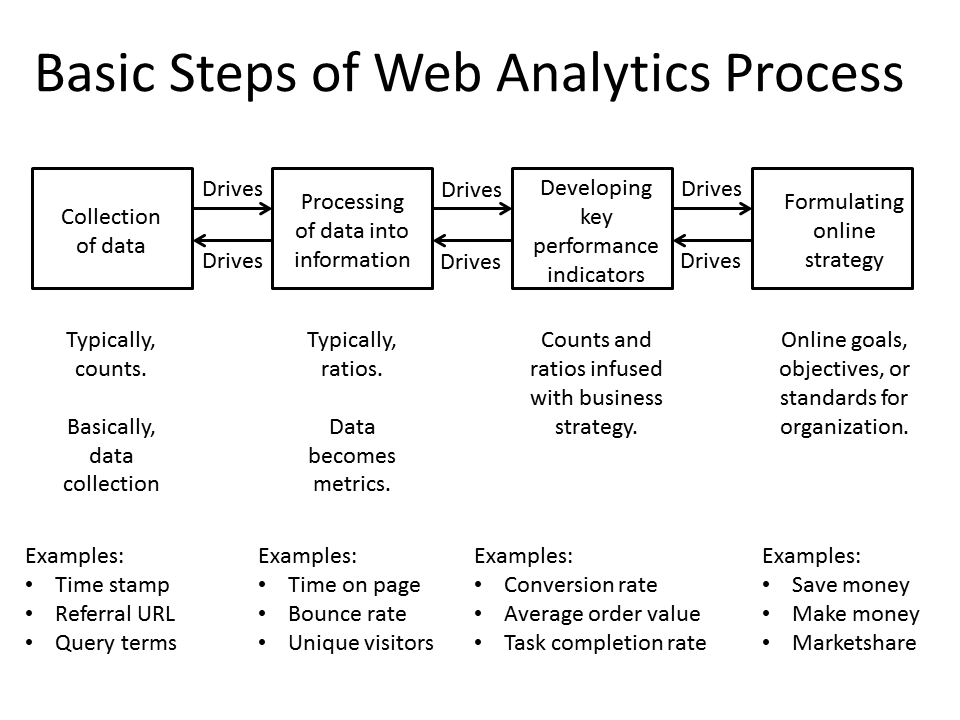Improve your data collection and analysis!
Rezenent will enable you to define, collect, analyze, and make informed decisions that Resonate.
Web analytics are the backbone of a successful digital marketing plan. They provide businesses with the ability to track, measure, and act upon the results of their website, social media marketing efforts, and other campaigns. All business types and sizes can benefit from web analytics software. Though enterprises often require more powerful tools than smaller businesses, the use cases for web analytics are essentially the same. Let’s examine what some of them are.
Why Web Analytics?
Gain a better understanding of your audience
Your customers are everywhere; web analytics tools can show you where they come from geographically and how they found your site (email, search engine). You can also track devices, browsers, videos, and operating systems. All of this data helps you trace the customer path, learn about your audience, and then refine your content, site design, and marketing efforts to match their preferences.
Act on your data
Web analytics lets you turn data into insights about your customers. You can use benchmarks, content analysis, and campaign monitoring to test, adjust, and optimize. Then, quickly share your findings with others in the organization so everyone is on the same page.
Monitor site performance and usability
Web analytics tools can show you page load times and help you identify if some pages, devices, or traffic sources are slower than others. This data can help you improve load times and pinpoint problems area to optimize.
Convert your prospects
Since web analytics lets you view what ads users clicked, videos they watched, and pages they viewed, you can see every action that led to a sale, in chronological order. You then have a measurable way to improve your website and campaigns to convert more users, and you can encourage the users to follow paths that are most likely to lead to a sale. You can also optimize user behaviors by correlating your marketing and social resources to funnel traffic to the highest performing pages.
Measure your effectiveness
Most importantly, web analytics software can be used to measure how successful your website, social media, ad campaigns, and content are at their job. If your landing pages aren’t converting, then you can test and optimize them — but you must know that they aren’t converting in the first place. By tracking and monitoring your efforts with web analytics, you can discontinue, change, or otherwise refine your strategies based on facts.

Creating Executive Buy-In
Gaining buy-in from executives is a critical success factor for software approval and implementation. In order to get your software purchase approved, you’ll need to include data that shows stakeholders what kind of return on investment they can expect.
To do this, you can present industry research, statistics, or relevant case studies like the one below. Additionally, consider tailoring your appeal to address the concerns of each member of the C-suite. Below are a few talking points to get you started.
CEO
Businesses have access to more data than ever before. The trick is to ensure this data is actually helping CEOs make more informed decisions. You must help the leader of your company see how they can actually capitalize on their data. Focus on the tangible benefits of a system, such how the software will make an impact on the business and help employees be successful at their jobs.
CFO
Your chief financial officer is likely already using tools to gather and assess company data. Use this opportunity to provide them with research on the correlation between web analytics software and successful campaigns or businesses. Highlight exactly how this technology will provide a return on investment, and don’t be afraid to use data visualizations to illustrate your point.
CIO
Modern web analytics software means your IT leaders won’t have to spend weeks or months deploying tag codes. This technology can help free up IT resources by adding up to 100 on a website and up to 20 on a single page — that can be released within hours instead of days. Users say their ability to implement new or revised tags quickly (within days) jumped from 18 percent to 80 percent after deploying a tag management system, according to Forrester Research.
Additionally, the CIO is in charge of aligning technology with company goals and strategy. It’s important to involve them in a conversation about new systems early in the research process. It’s important to discuss system requirements, and the CIO can help you pinpoint company needs and create a short list of viable vendors.